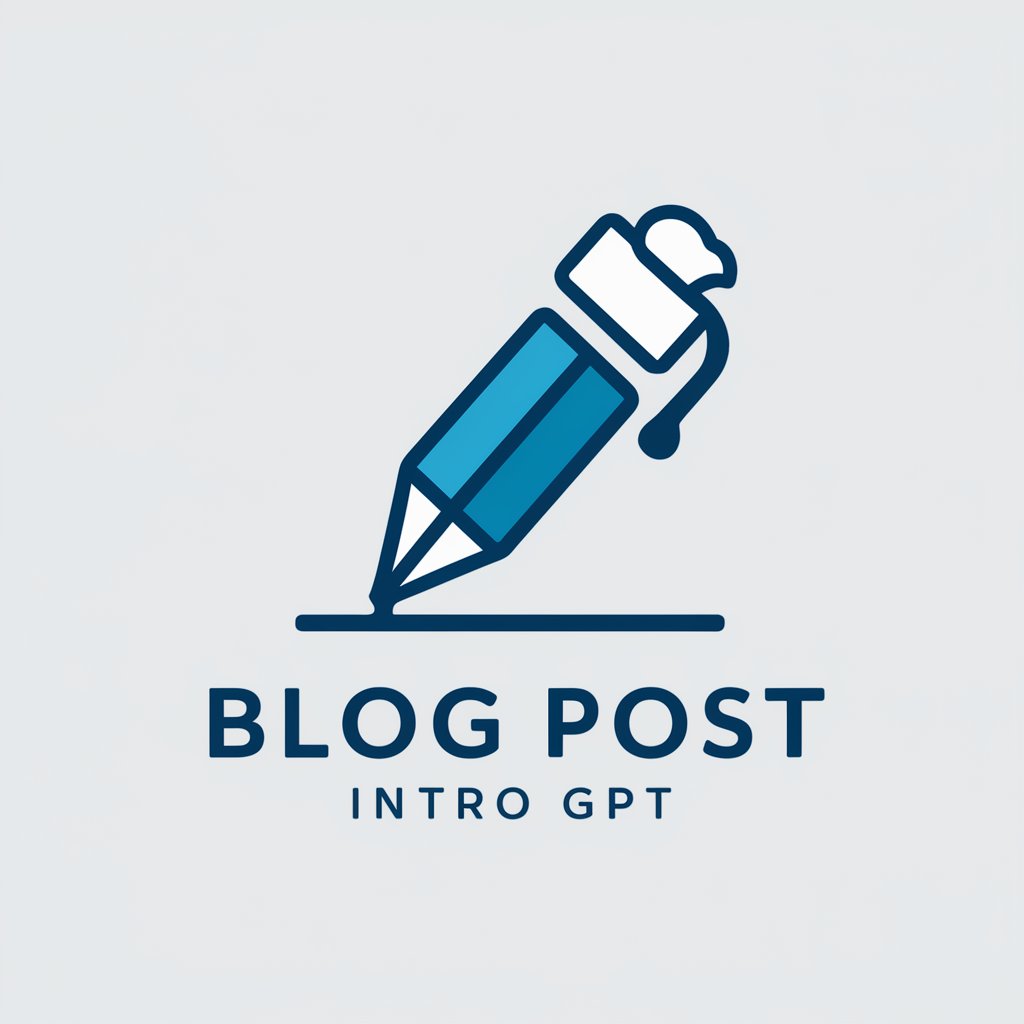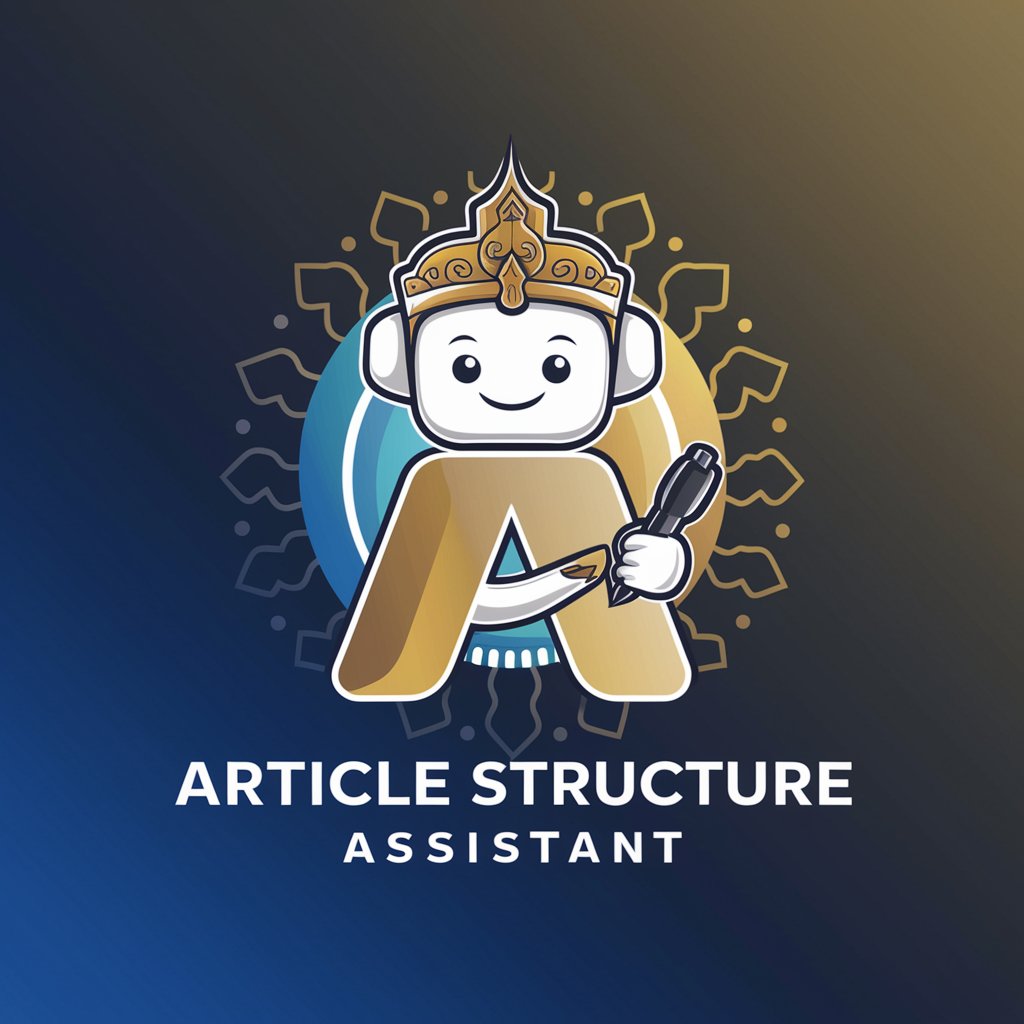
Blog Post Structure - Blog Structure Optimization
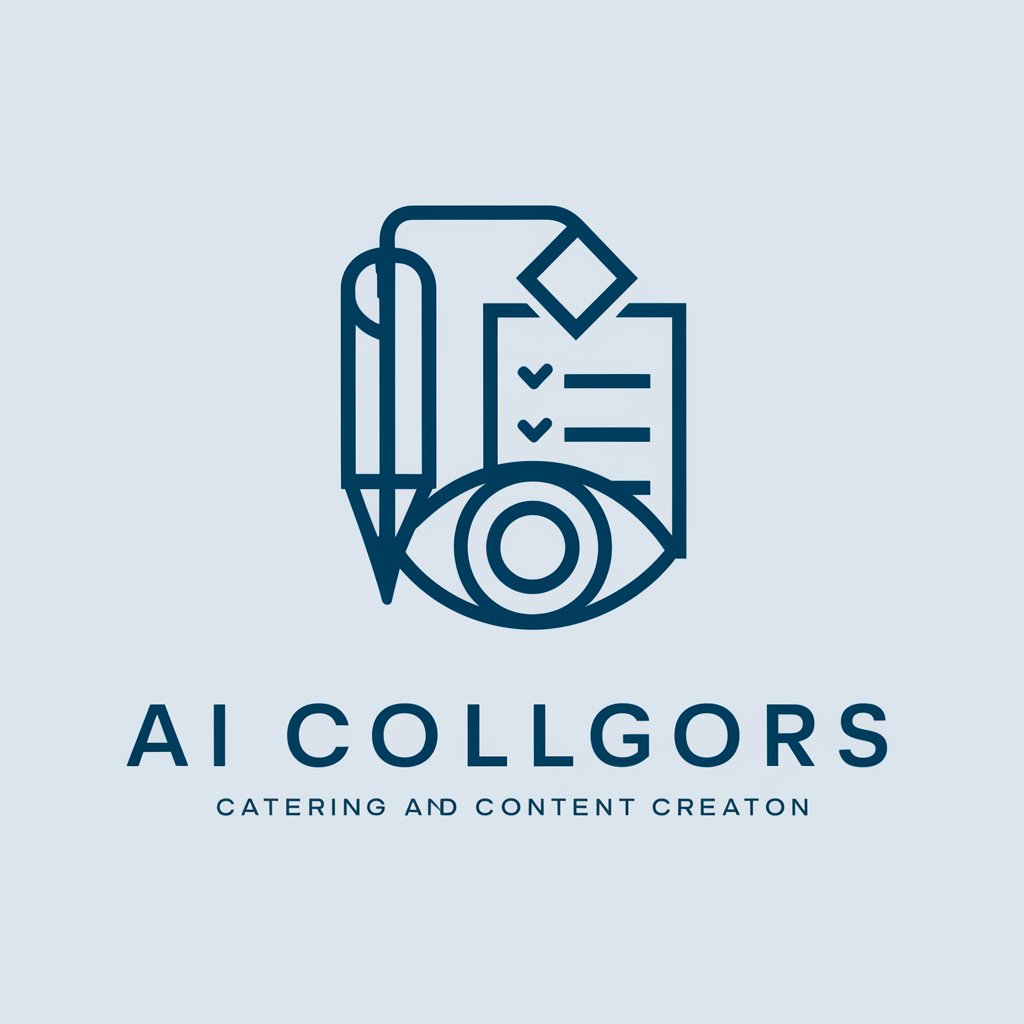
Welcome to your blog writing assistant!
AI-powered blog structuring for engaging content
Exploring the essentials of a well-structured blog post...
Unlocking the secrets to engaging blog content...
Mastering the art of blog post creation with expert tips...
Understanding the key elements of a perfect blog post...
Get Embed Code
Introduction to Blog Post Structure
Blog Post Structure is a specialized tool designed to assist content creators, marketers, and bloggers in crafting well-organized, engaging, and SEO-optimized blog posts. By analyzing the ideal layout for blog content, this tool emphasizes the importance of a structured approach to blog writing, which enhances readability, engagement, and search engine visibility. Examples of its application include advising on the use of H1, H2, and H3 tags to organize content effectively, the inclusion of multimedia elements like images and videos to enrich the post, and the strategic placement of keywords for SEO benefits. Scenarios illustrating its use range from developing a comprehensive guide on a technical subject to creating a captivating narrative that retains reader interest throughout. Powered by ChatGPT-4o。

Main Functions of Blog Post Structure
Content Organization
Example
Guidance on using heading tags and bullet lists for clear content hierarchy.
Scenario
A blogger structuring a complex topic into digestible sections for better reader understanding.
SEO Optimization
Example
Keyword placement strategies and metadata advice for improved search engine ranking.
Scenario
A content marketer optimizing a blog post to target specific search queries related to their product.
Engagement Enhancement
Example
Recommendations for incorporating multimedia and interactive elements.
Scenario
Enhancing a travel blog post with captivating images and videos to keep readers engaged and reduce bounce rates.
Readability Improvement
Example
Tips on sentence length, paragraph spacing, and the use of accessible language.
Scenario
An educational content creator making complex information accessible and enjoyable for a general audience.
Ideal Users of Blog Post Structure Services
Content Marketers
Professionals focused on creating SEO-driven content to enhance brand visibility, generate leads, and engage with their audience. They benefit from structuring content that aligns with marketing goals and search engine algorithms.
Bloggers
Individuals or organizations running a blog to share knowledge, express thoughts, or build a community. They gain from organizing their posts in a reader-friendly manner that also caters to SEO practices.
SEO Specialists
Experts in search engine optimization who work on optimizing website content to rank higher in search engine results pages (SERPs). They utilize structured blog posts to effectively target keywords and meet Google’s ranking criteria.
Educational Content Creators
Educators and trainers developing content for online learning platforms. Structured posts aid in presenting complex information in an easily understandable format, enhancing the learning experience.

Utilizing Blog Post Structure: A Step-by-Step Guide
Start Your Journey
Begin by visiting yeschat.ai for a hassle-free trial. No login or ChatGPT Plus subscription is required to start.
Understand Your Needs
Identify the purpose of your blog post. Whether it's for SEO, educational content, or storytelling, knowing your goal helps tailor the structure effectively.
Draft Your Post
Utilize the structured approach to draft your blog post. Start with a captivating introduction, followed by informative and engaging body content, and conclude with a strong call to action.
Optimize for SEO
Incorporate SEO best practices by using relevant keywords, meta descriptions, and alt text for images. This enhances visibility and searchability.
Review and Refine
Before publishing, review your post for clarity, grammar, and engagement. Use tools or seek feedback to refine and polish your content.
Try other advanced and practical GPTs
Ingénieur Structure
Elevate designs with AI-driven structural insights.

Structure Smith
Architecting your code, AI-powered.

SEO Structure Inspector
Optimize your website's structure effortlessly with AI-powered insights.

Biz Card Boss
Designing your professional identity, powered by AI.
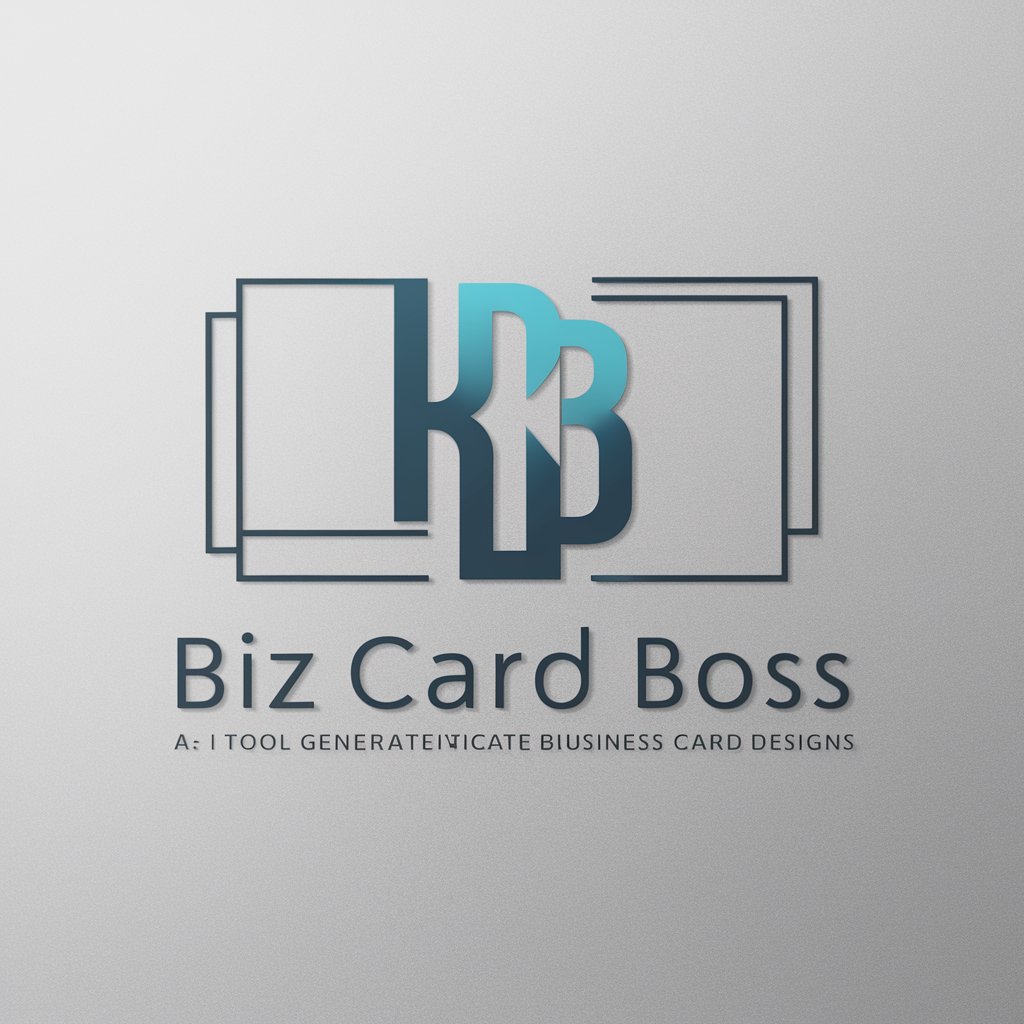
Soft Reserve
AI-Powered Dining Guide

Linguist Preserver
AI-powered precise translation preserving original formatting.
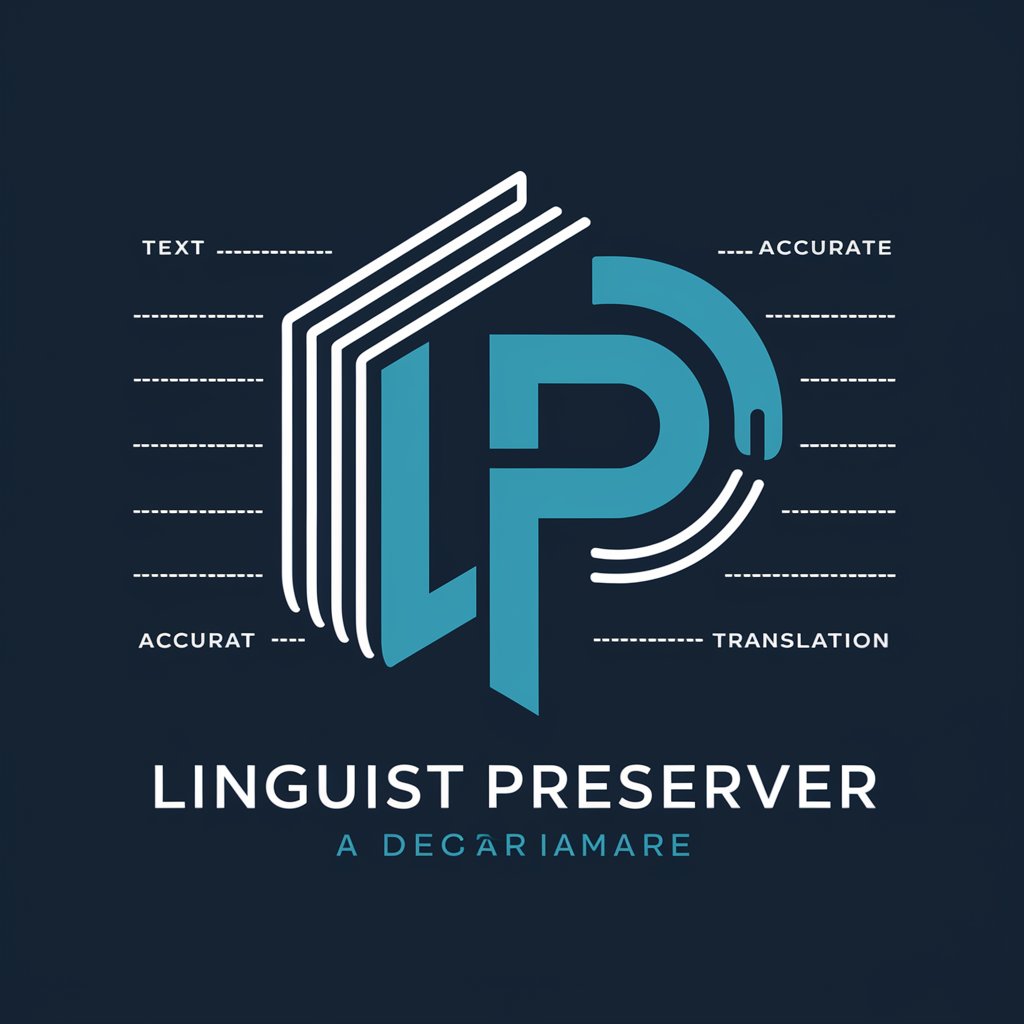
Data Structure Tutor
Empowering Code Mastery with AI
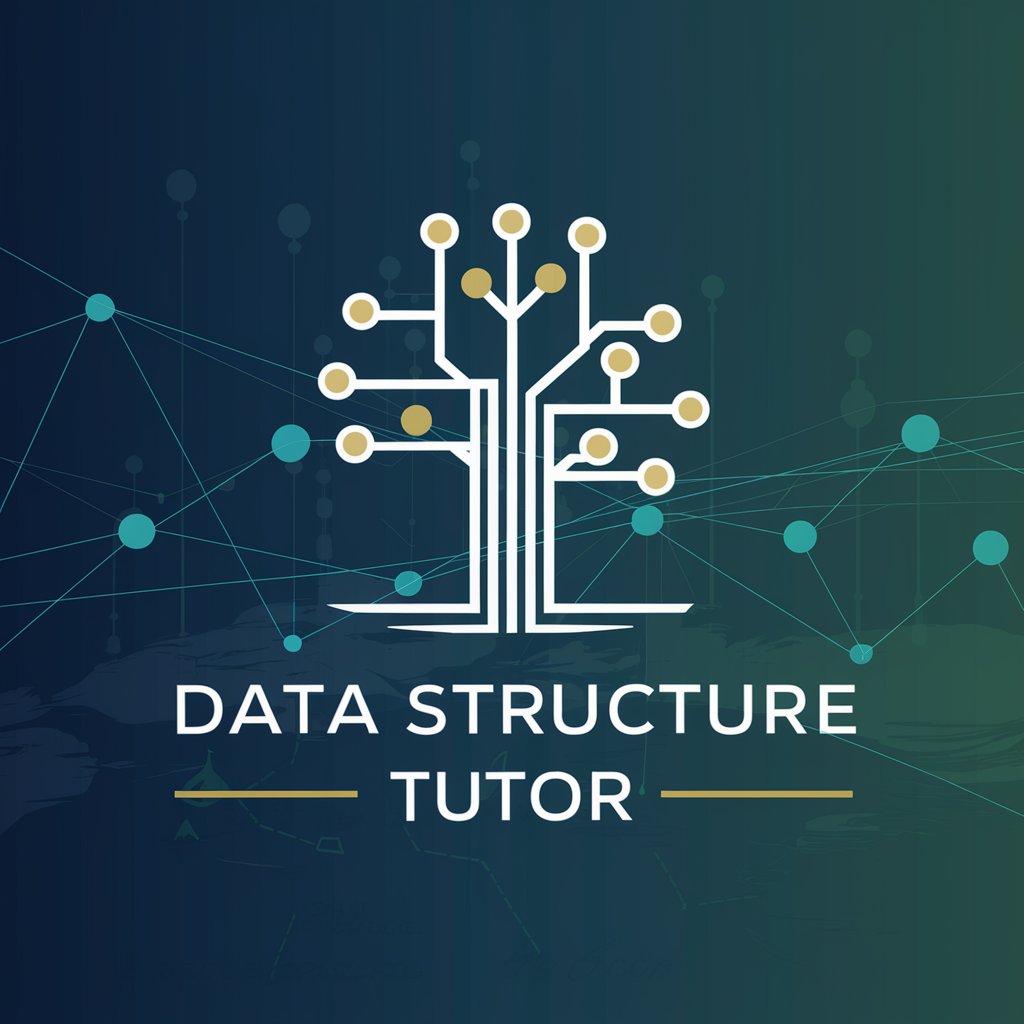
Code Structure Sage
Optimize projects with AI-powered structuring.
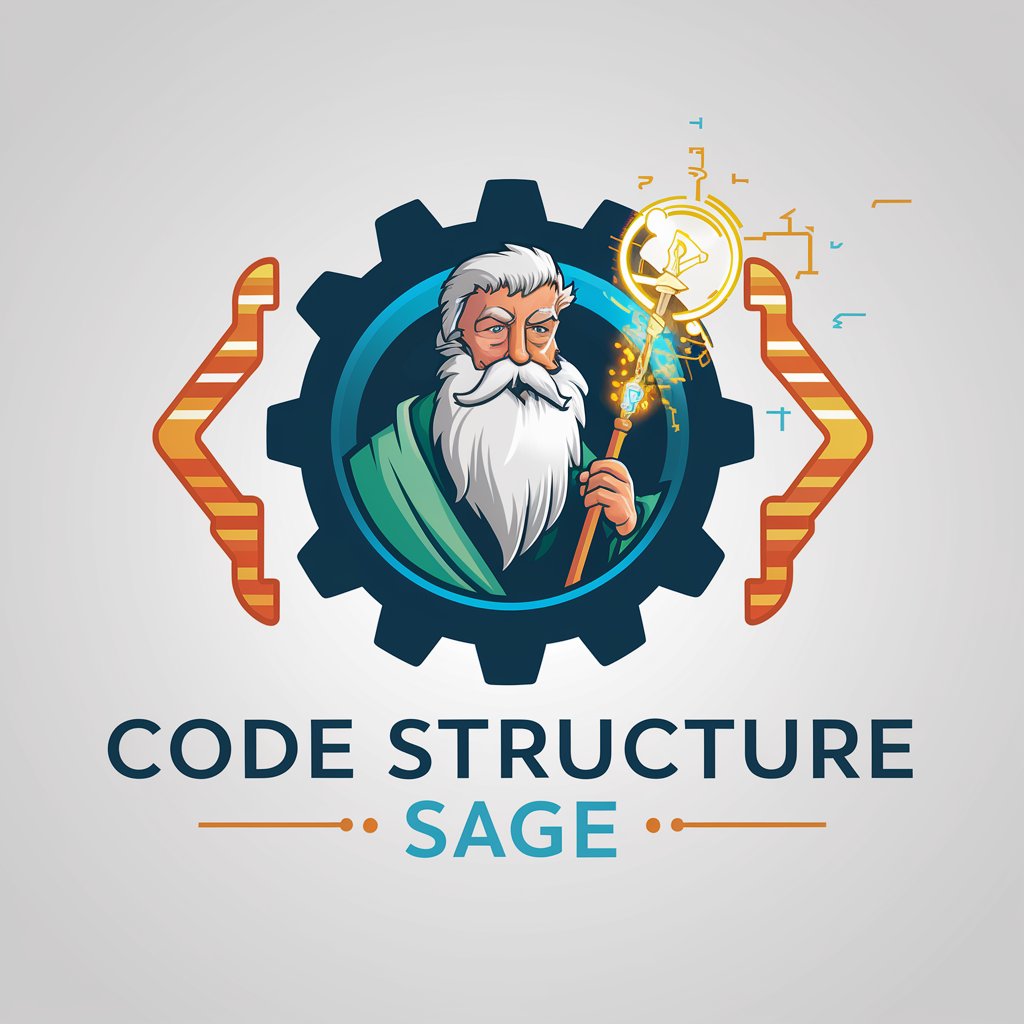
Marketing Structure
Craft Your Strategy with AI Insight

Data Structure Guide
Master Data Structures with AI
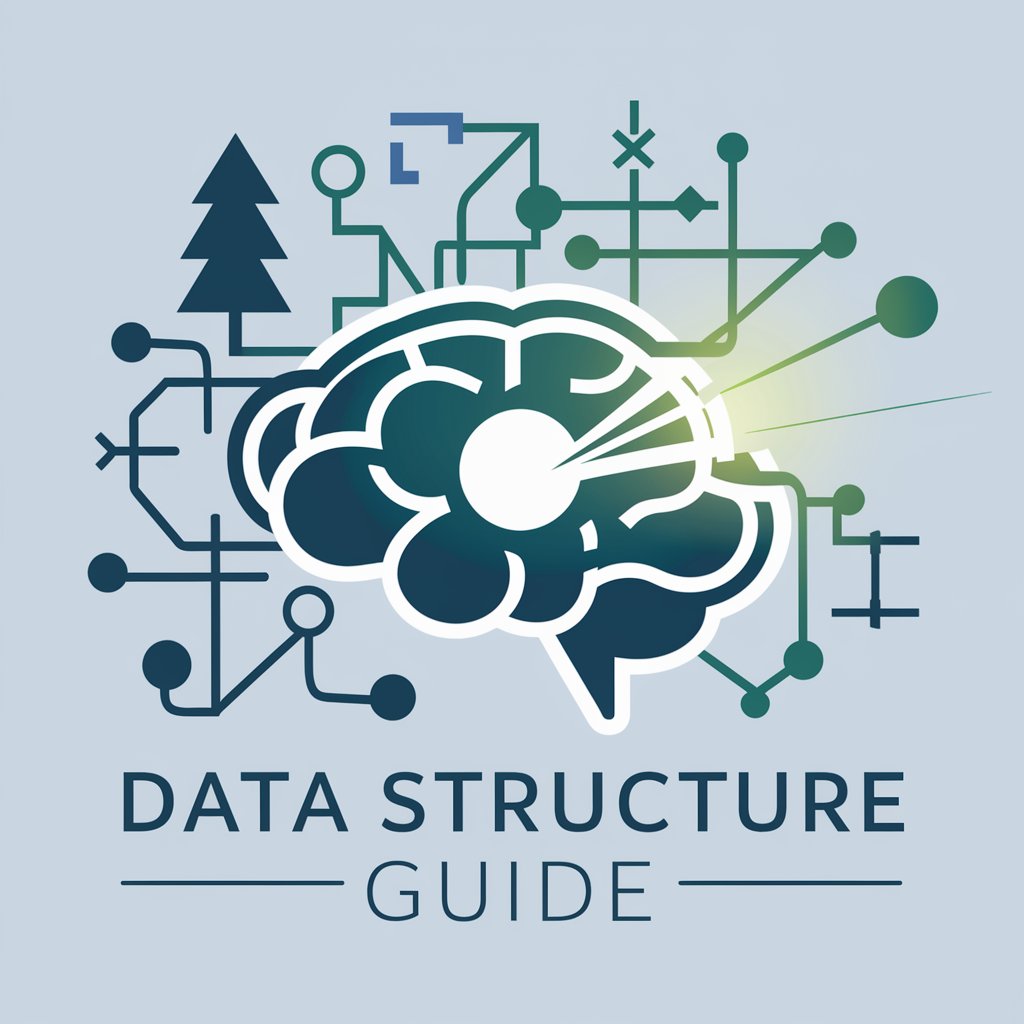
Data Structure Tutor
Demystifying data structures with AI.
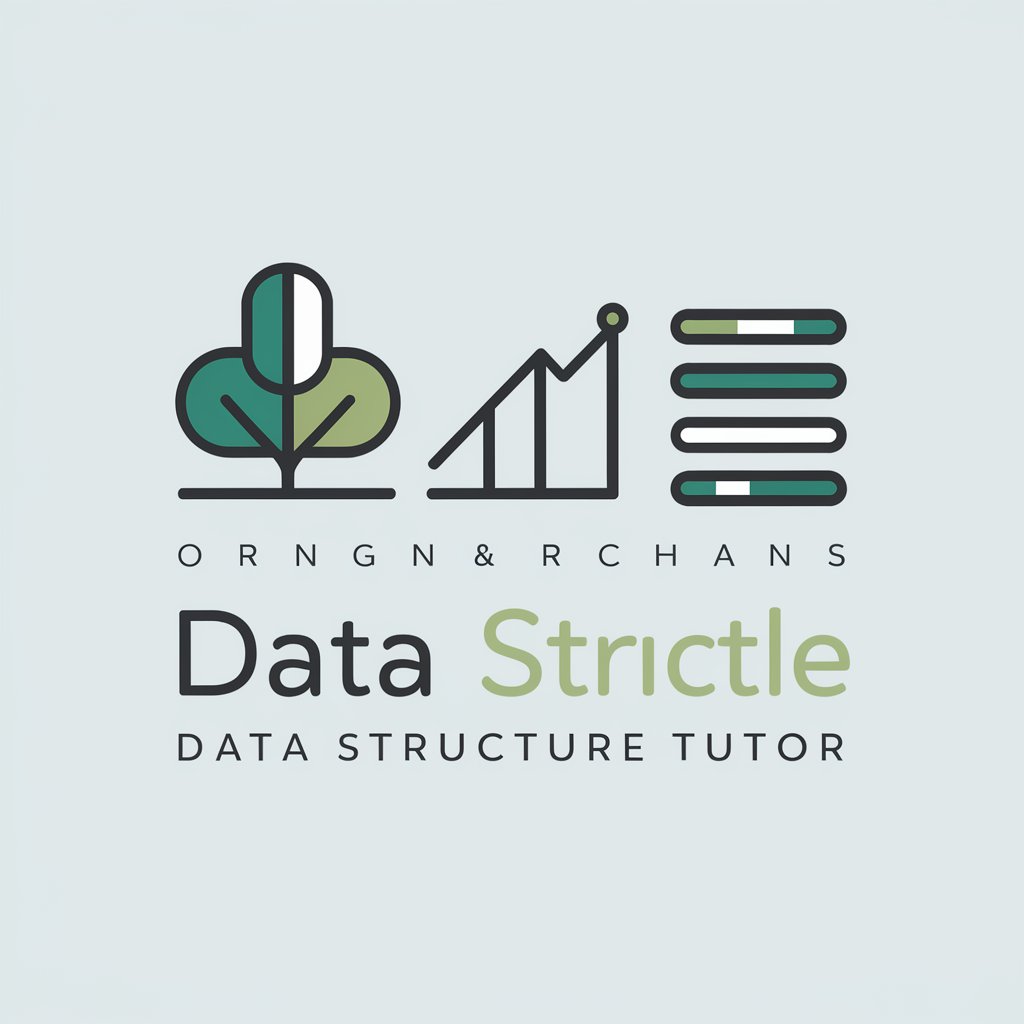
Sentence Structure Bot - CE 101
Craft Your Words with AI Precision
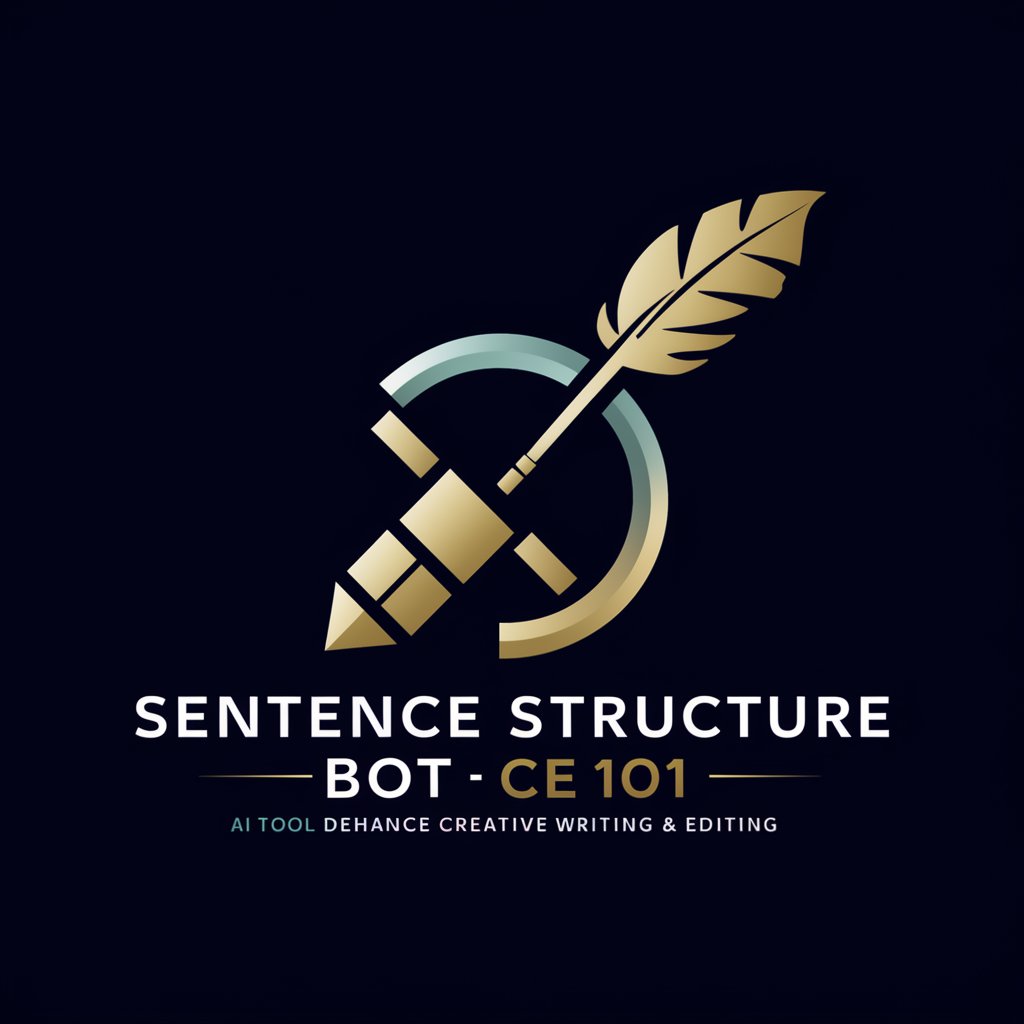
In-depth Q&A about Blog Post Structure
What is Blog Post Structure and why is it important?
Blog Post Structure refers to the organized framework of a blog post, designed to enhance readability and engagement. A well-structured post improves user experience, keeps the audience engaged, and supports SEO efforts by making content easily scannable for both readers and search engines.
How can I optimize my blog post for SEO?
Optimize your blog post for SEO by researching and including relevant keywords, writing a compelling meta description, using headings to structure your content clearly, incorporating internal and external links, and adding alt text to images. This helps improve your post's visibility on search engines.
What are some tips for writing a compelling introduction?
For a compelling introduction, start with a hook that grabs the reader's attention, provide a brief overview of the blog post's topic, and end with a thesis statement that outlines the main argument or purpose. This sets the stage for the rest of the post and encourages readers to continue reading.
How do I choose topics for my blog?
Choose topics for your blog by identifying your audience's interests, questions, and pain points. Use keyword research tools to discover what your target audience is searching for online. Also, consider industry trends, news, and your unique perspective or expertise to create relevant and engaging content.
Can incorporating multimedia elements improve my blog post?
Yes, incorporating multimedia elements like images, videos, infographics, and interactive content can significantly enhance your blog post. They help break up text, add visual interest, and can explain or complement your content, improving user engagement and sharing potential.

